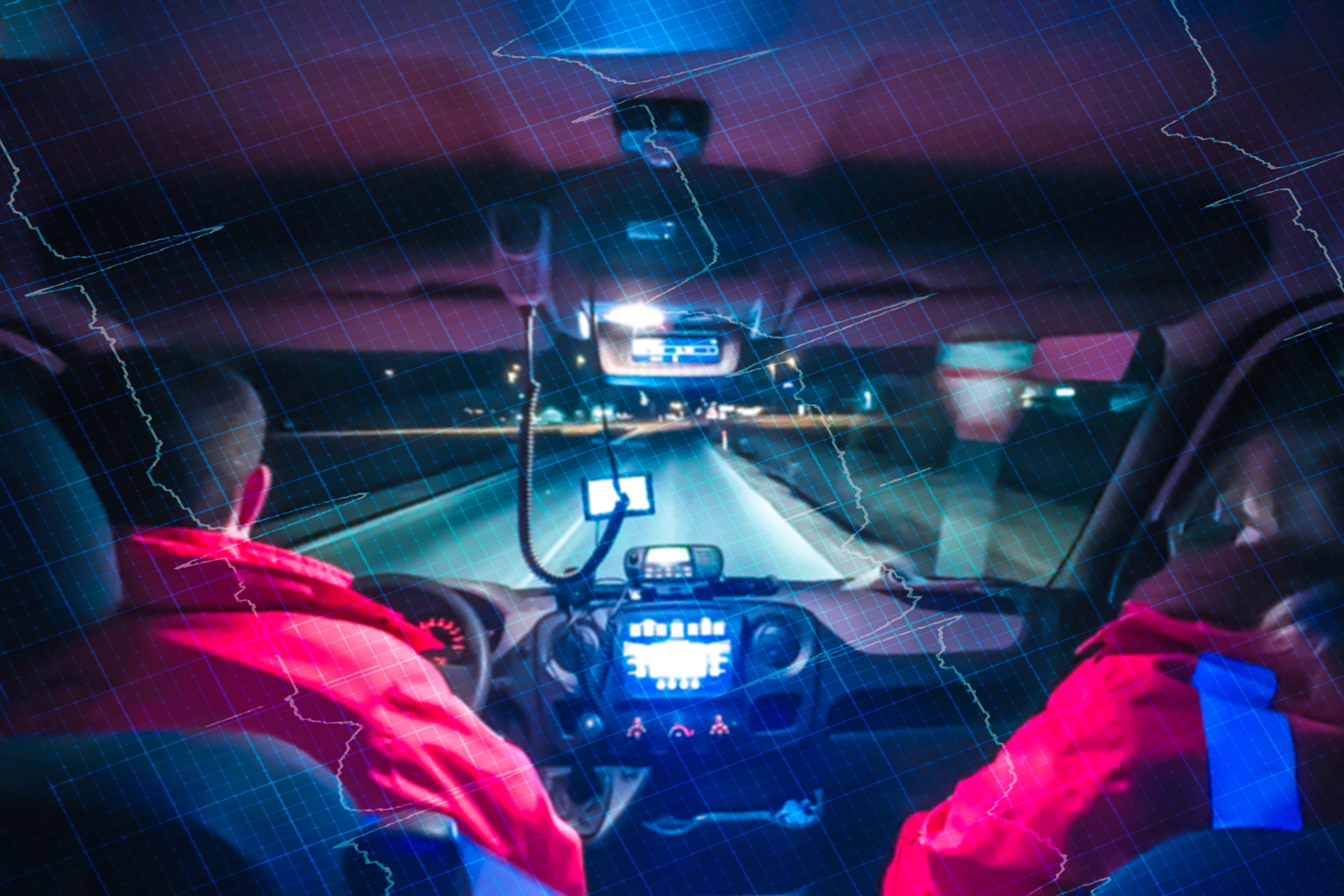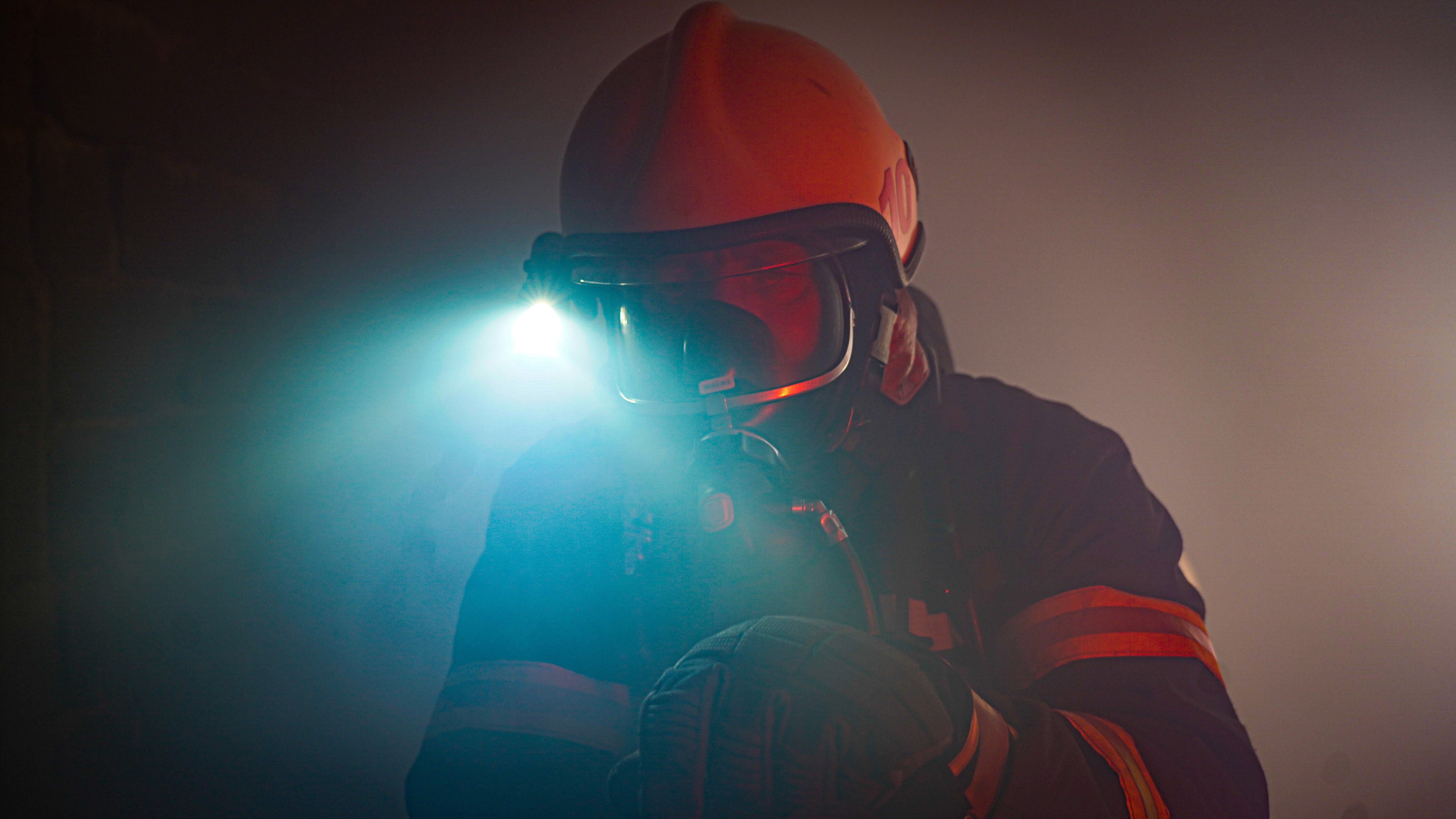The Role of Global Communications in Disaster Relief
Disaster relief depends on quick decision-making and action response. When there is no room for error, first responders must rely on their...
We provide solutions to an array of industries.
Supporting your global communications
Connecting your clients no matter where
Network management and proactive monitoring
Tailored solutions from concept to delivery
Bespoke applications for optimal efficiency
Electrical, retrofits, installations and more
Technical Support
Supporting your global communication needs throughout your organization
On-Site Support
Supporting your global communication needs throughout your organization
3 min read
Network Innovations : Nov 12, 2024 8:30:00 AM
.png)
Every second matters in emergencies, making modern communication systems crucial for public safety. In the wake of National First Responder Day in the US, we’re reminded just how vital effective communication is to every disaster response, helping ensure swift action and coordination when it’s needed most.
Emergency communication systems have come a long way since the days of runners and hand-cranked telephones. Early systems were limited by technology and infrastructure, often resulting in delays and miscommunications during critical moments. Over the years, advancements in communications and digital technology have transformed how first responders communicate, coordinate, and execute their operations.
From the introduction of radio systems in the mid-20th century to the extensive use of cellular networks and internet-based communication tools, each iteration has brought increased reliability, speed, and clarity. Modern systems now leverage digital radios, satellite communications, and advanced data networks to ensure that first responders can share information quickly and accurately.
Today's emergency response landscape is heavily influenced by several key technologies. One of the most critical is the use of digital radio systems, which provide clear and secure communication channels for first responders. These systems allow for real-time voice and data transmission – essential for coordinating complex emergency operations.
Geographic Information Systems (GIS) can be used to map disaster areas, track the movement of resources, and predict the spread of fires or hazardous materials. Additionally, Mobile Data Terminals connected to mobile cellular Routers (such as Peplink) installed in emergency vehicles provide responders with access to vital information such as building layouts, medical records, and hazardous material databases. These technologies, combined with robust cellular and satellite networks, ensure that first responders have the information they need at their fingertips, even in the most challenging environments.
At Network Innovations, our mission is to help strengthen response efforts by providing solutions that can be relied upon, even in a crisis. These include:
▪️ Two-way radio Push-To-Talk and voice telephony via satellite and cellular
▪️ Multi-bearer high-speed data connectivity
▪️ Low bandwidth, high-resolution video solutions
▪️ Personnel safety and vehicle tracking – from anywhere
▪️ Portable emergency comms go-kits for quick deployments
One of the biggest challenges in emergency response is ensuring that all agencies involved can communicate effectively. Interoperability - the ability of different systems and organizations to work together seamlessly - is crucial during a crisis. Without it, coordination efforts can be difficult.
To achieve interoperability, emergency communication systems must be designed with compatibility in mind. By adopting standardized protocols, you ensure that equipment and software from different manufacturers can work together. Network Innovations' public safety team stands ready with our flexible approach to interoperability.
Picture this: You've got a P25 digital radio in one hand, another radio on a different frequency in the other, and a cellphone in your pocket. Under normal circumstances, they can't all directly communicate with each other. That's where Network Innovation's SATRAD HARMONY comes in, bridging the gap. Encased in a transportable design, or installed in a vehicle, it can quickly interface between different devices thus creating a “Virtual Talk Group”.
Using Radio-over-IP (RoIP) coupled with cellular and satellite, its device-agnostic platform helps to interconnect First Responders with Incident Commanders, and Mobile Command Vehicles with Dispatch Centers.
Despite significant technological advancements, emergency responders still face numerous challenges during modern disasters. Natural disasters like hurricanes, earthquakes, and wildfires can damage infrastructure, making it difficult for responders to communicate and access affected areas.
Another challenge is the overwhelming influx of information that can occur during a crisis. Responders must filter through large amounts of data to identify what is relevant and actionable. This requires not only advanced technology but also well-trained personnel who can make quick, informed decisions under pressure. For instance, in the recent case of Hurricane Helene and Milton, a vast amount of information was crowdsourced through multiple platforms, underscoring the importance of quickly and accurately filtering critical details to make timely, informed decisions.
The future of emergency communication is poised to be even more interconnected and intelligent. For over 30 years our team has helped leading public safety and aid organizations respond to people in need with the most trusted and reliable voice, data, and interoperability solutions available whether on or off the grid.
As technologies continue to evolve, we will equip first responders with even more powerful tools to save lives and protect communities. Contact us today.

Disaster relief depends on quick decision-making and action response. When there is no room for error, first responders must rely on their...
-2.jpg)
NI partners with the 2021 Red Bull MotoGP Rookies Cup, ensuring their riders & crew stay online as they compete across Europe.

When disasters strike, communications are crucial. Emergency response teams require working communication networks to share timely situational...